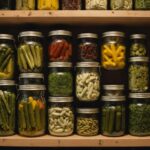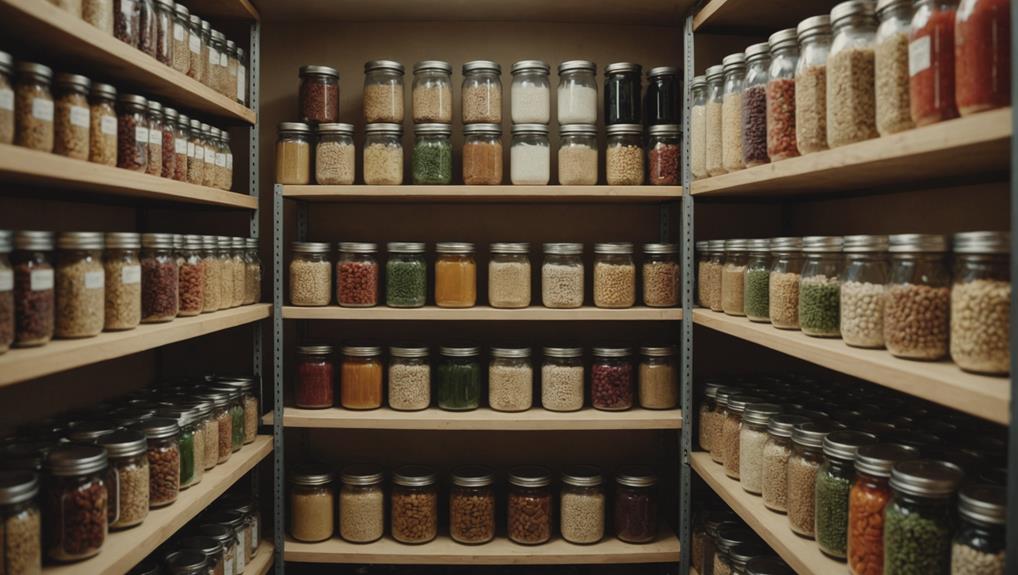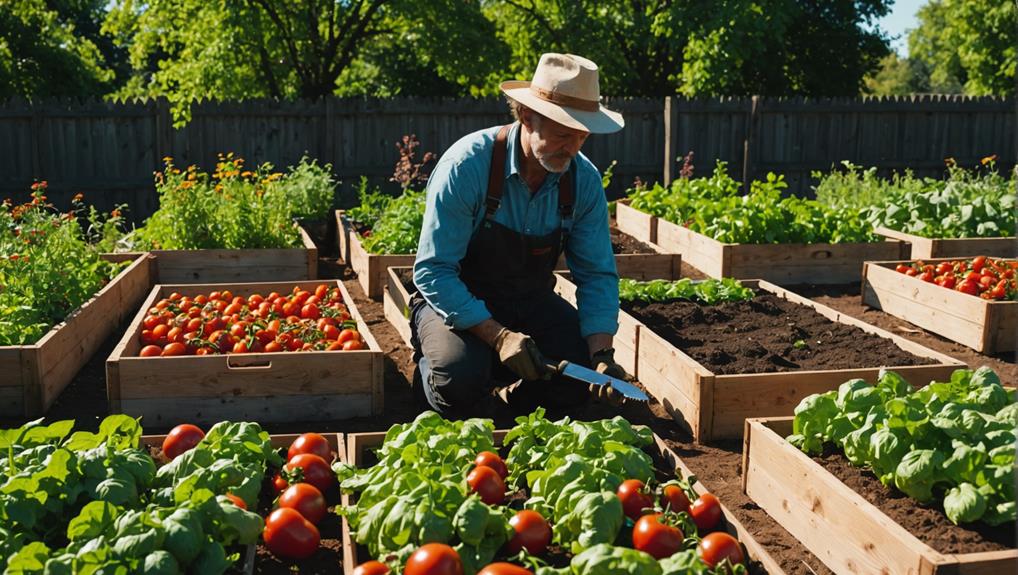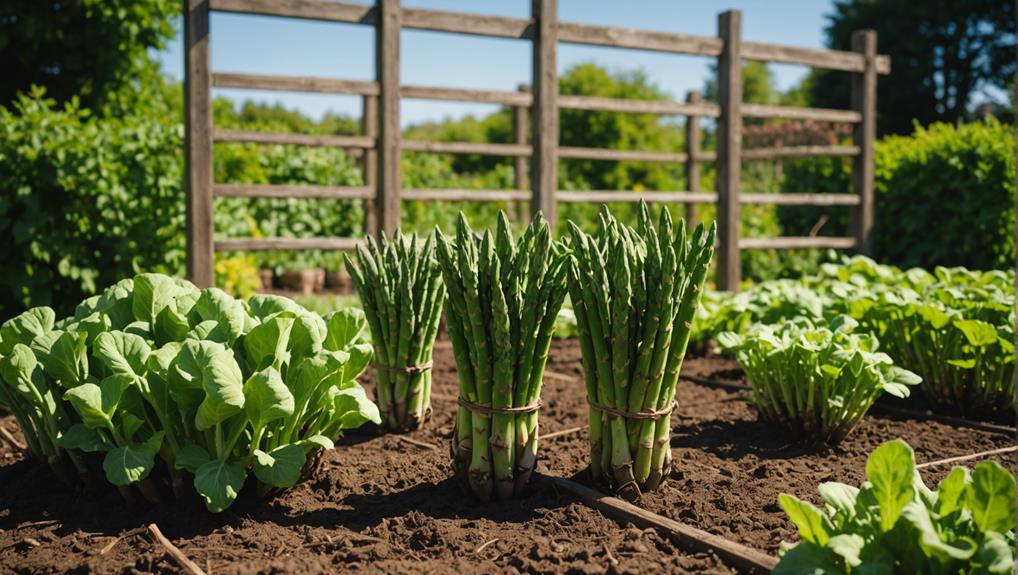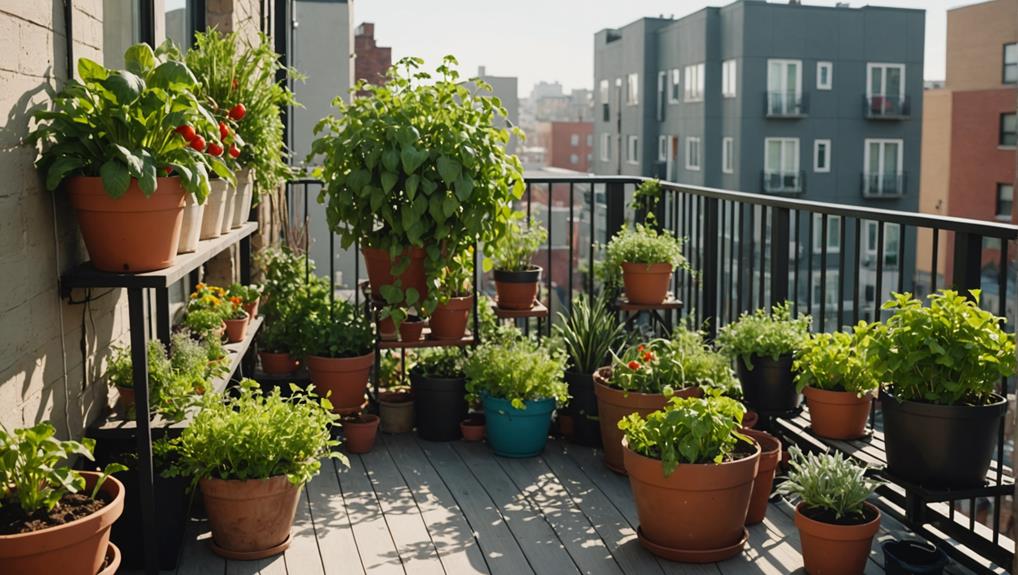As an Amazon Associate I earn from qualifying purchases.
When preparing for emergencies, your first step is selecting the right mix of non-perishable foods like canned vegetables, grains, and protein sources such as canned fish. You need to store at least 2 quarts of water per person daily and consider adding rehydration solutions. Using airtight containers to keep grains and dairy products fresh is crucial. Additionally, rotating your stock every 2-4 years guarantees quality. But how do you implement effective storage strategies like FIFO to keep your food supply safe and nutritious? Understanding these techniques can make all the difference.
Emergency Food Preparation
When preparing for emergencies, you must guarantee you have a variety of nutritious foods to maintain your strength and energy levels. The first step in your emergency food supply planning is making certain you have a balanced mix of non-perishable foods.
These shelf-stable items are essential since they don't spoil quickly and provide important nutritional value. Incorporate a range of foods, such as canned vegetables, beans, grains, and protein sources like canned fish or meat, to avoid monotony and make certain you're getting a variety of nutrients.
Hydration is equally important. Make sure you store enough water, aiming for at least two quarts (approximately 1.9 liters) per person each day. In addition to water, consider stocking up on rehydration solutions and beverages that can provide electrolytes.
Long-term food storage should also include vitamin, mineral, and protein supplements to compensate for the lack of fresh produce. Proper planning must encompass both short-term and long-term needs, making certain that you have enough food to last through the duration of any emergency.
Food Storage Strategies
Effective food storage strategies are vital for guaranteeing your emergency supplies remain usable and nutritious. Smart food storage means purchasing items in smaller quantities to prevent spoilage. Opt for smaller food storage containers or jars to make it easier to access and reduce waste. Stockpile foods you regularly consume to minimize waste and guarantee you're familiar with what you'll be eating in an emergency.
For long-term food storage, consider buying and testing small quantities of new items before committing to bulk purchases. This guarantees they fit your dietary preferences. Rotating canned goods every 2-4 years is vital to maintain their quality and freshness. Damaged or outdated canned goods can pose health risks, so regular rotation is a must.
Utilize a mix of bulk staples, like rice and beans, with canned goods and freeze-dried foods to create a balanced emergency food supply. This guarantees you have a variety of options, covering different nutritional needs. Remember to include perishable food in your rotation strategy, consuming and replacing them as needed.
Following these food storage strategies will help keep your emergency food stockpile both efficient and effective.
Grains and Dairy Storage
Maintaining your emergency food supply's efficiency involves understanding how to store grains and dairy products properly. Grains like rice, wheat, oats, rye, and barley are vital staples that need careful storage to maximize their shelf life. Store them in clean, dry, dark areas using airtight containers to prevent moisture and pests. For wheat, verify it's #2 grade or better with at least 11.5% protein and 12.5% moisture content.
Dairy storage is just as important. Dry milk, a practical alternative for long-term storage, can last 12-24 months if kept in airtight containers at 70°F. Powdered cheese and canned evaporated milk are also excellent substitutes for fresh dairy, offering prolonged shelf lives when stored correctly. Remember, grinding grains using hand-cranked mills might be necessary during emergencies.
Here's a quick guide to grains and dairy storage:
| Product | Storage Method | Shelf Life |
|---|---|---|
| Wheat | Airtight containers | Several years |
| Dry Milk | Airtight containers | 12-24 months |
| Powdered Cheese | Sealed packaging | Extended periods |
Food Quality and Shelf Life
Understanding food quality and shelf life is vital to ensuring your emergency food supply remains safe and nutritious. Start by considering the shelf life of various items.
Dried beans are a fantastic staple, lasting up to 30 years if kept in cool, dry conditions, making them a reliable protein source.
Commercial canned foods are another dependable option, but you need to be mindful of their storage time. Canned foods should be rotated every 2-4 years to maintain ideal quality. High-acid foods like tomatoes and fruits typically have a shorter shelf life of about 1-1.5 years, whereas low-acid foods can last up to 5 years.
Always inspect food containers for signs of spoilage before consumption. Look out for bulging, rusting, or leakage, as these can compromise food safety and lead to contamination.
Keeping your food containers in good condition is essential to maintaining the overall food quality of your supply.
Long-Term Food Preservation Techniques
Have you ever wondered how to keep your emergency food supply fresh and safe for years? One of the best ways is by using long-term food preservation techniques.
Canned foods are a great start; if stored properly in cool, dry environments, they can last over two years. For dry foods like flour and sugar, oxygen absorbers are invaluable. They reduce oxygen levels in storage containers, minimizing spoilage and extending shelf life.
Grains need special attention. Store them in airtight containers, preferably in clean, dry, and dark areas. Confirm bulk wheat is #2 grade or better for the best preservation results. Mylar bags are an excellent choice for storing dry goods. They protect against light, moisture, and oxygen, making certain your food remains in top condition.
Using the FIFO method (First In, First Out) is essential. This technique involves rotating your stock so that older items are used first, maintaining overall freshness.
Conclusion
In summary, prepping your emergency food storage is vital for any unforeseen situation.
By selecting a balanced mix of non-perishable foods, storing enough water, and using airtight containers, you'll guarantee your supplies stay fresh.
Don't forget to rotate your stock regularly and use FIFO methods to maintain quality.
With these strategies, you'll be ready for whatever comes your way, keeping your family safe and well-nourished.
Start prepping now and stay prepared!
As an Amazon Associate I earn from qualifying purchases.





